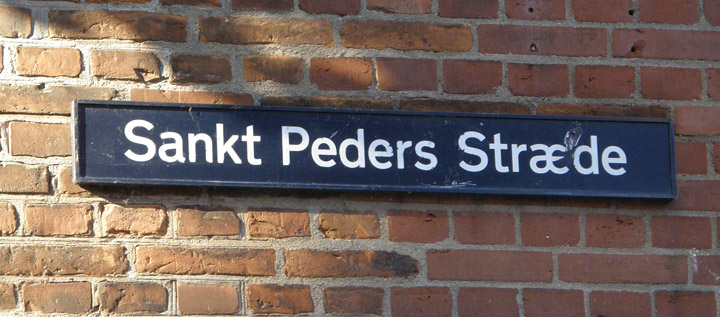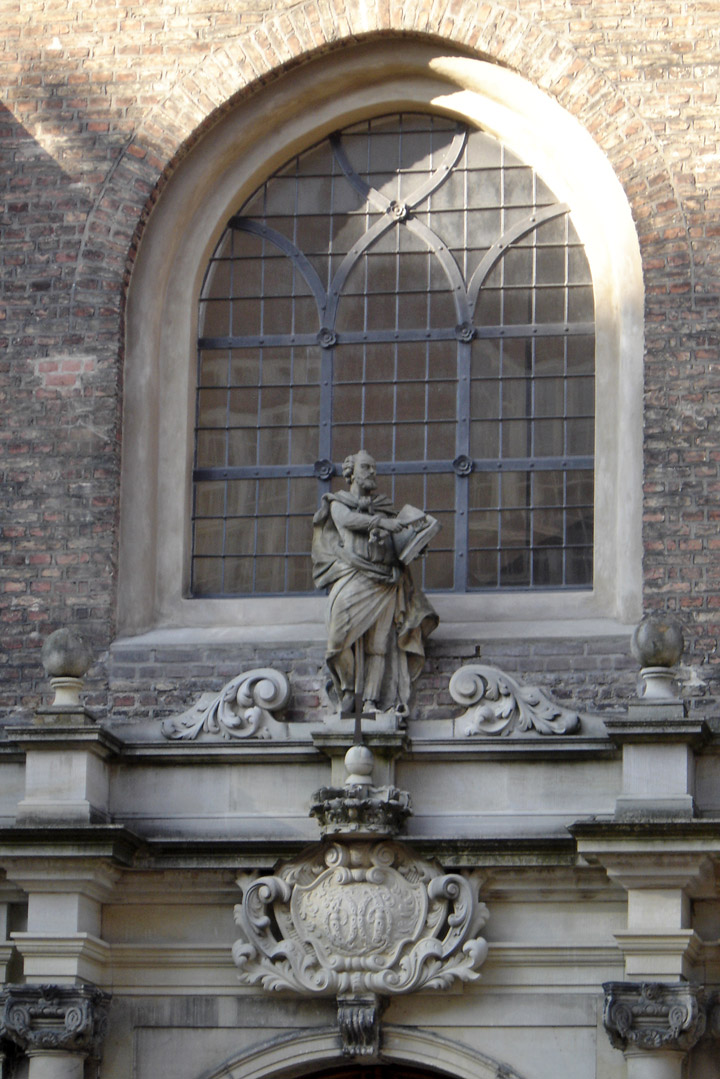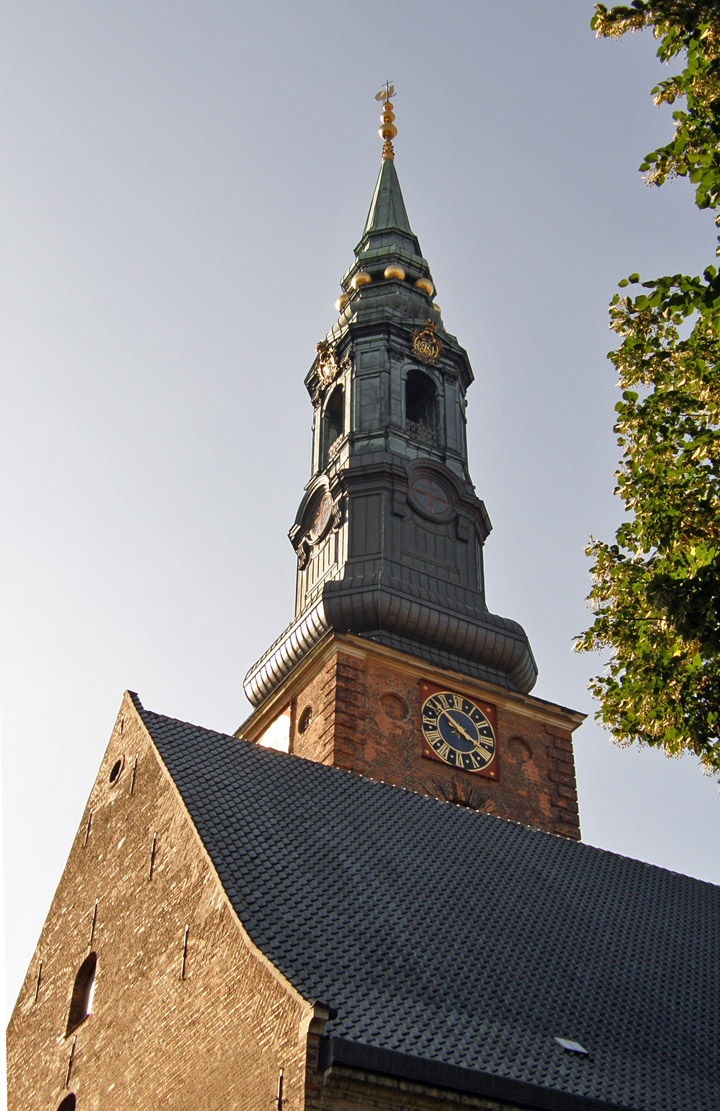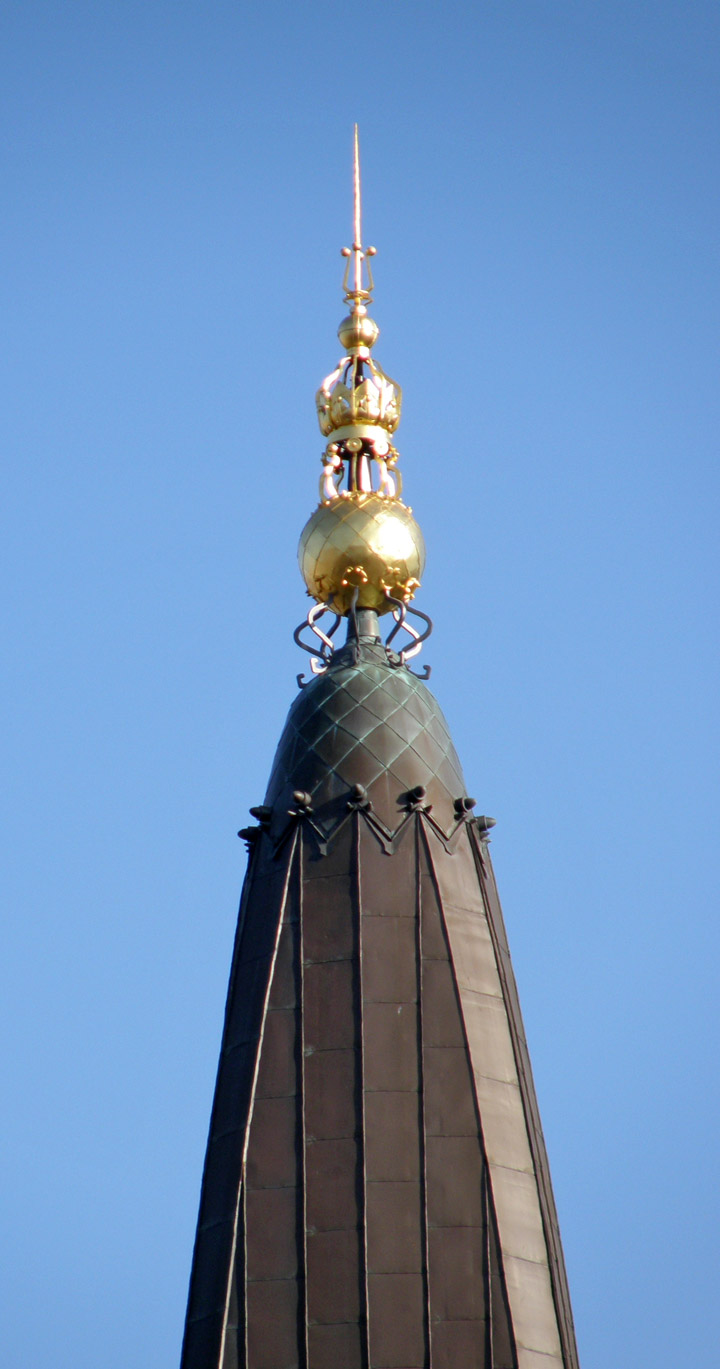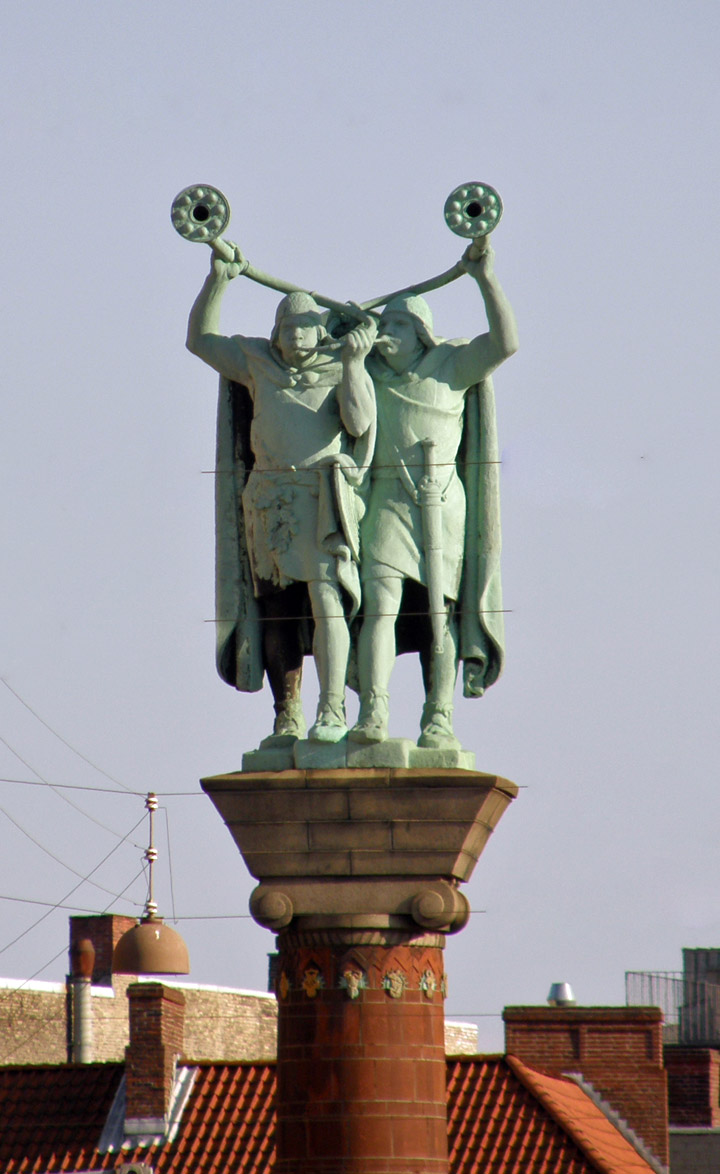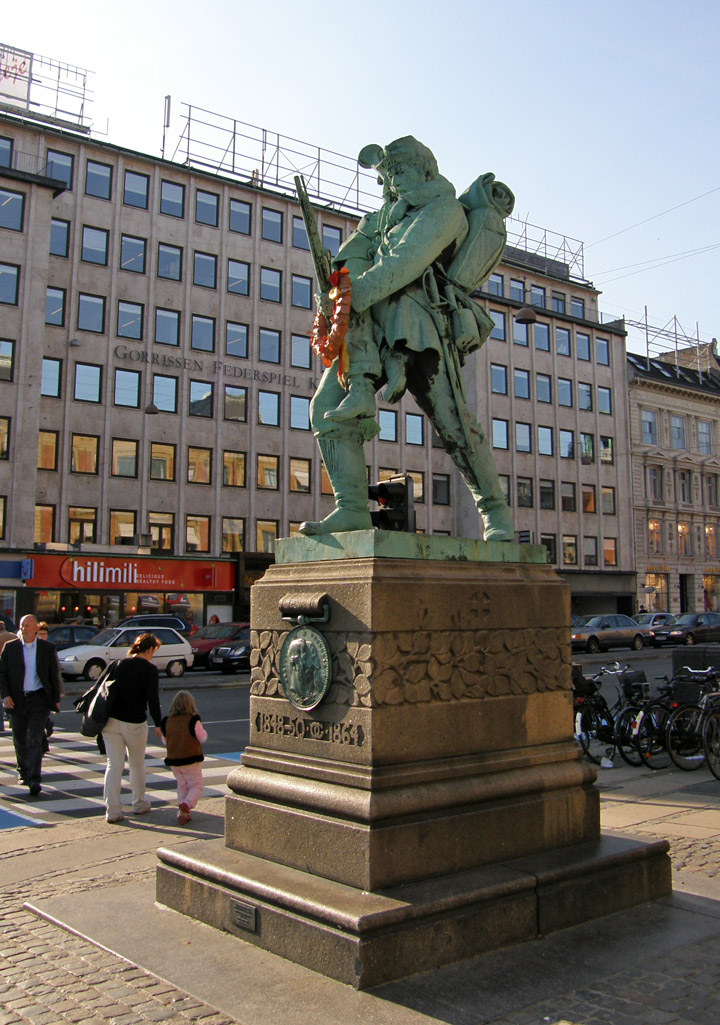

Copenhagen
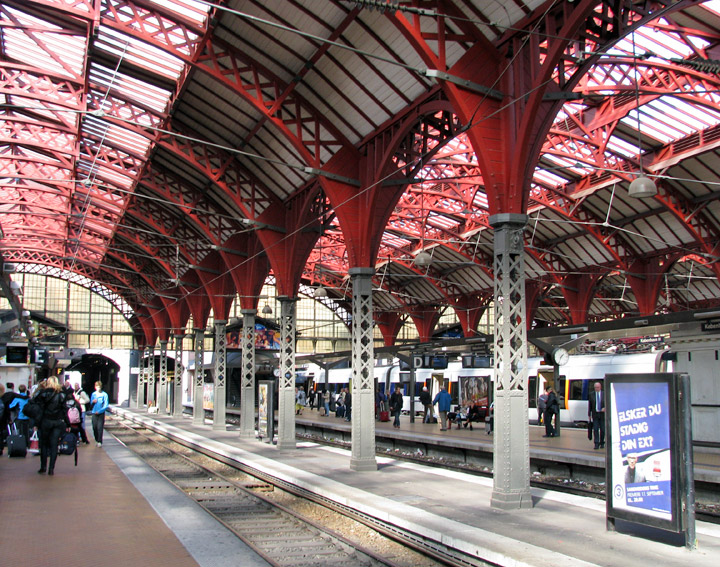
Copenhagen railroad station
Copenhagen is the capital and largest city of Denmark. It is situated on the Zealand and Amager Islands and is separated from Malmö, Sweden by the strait of Øresund.
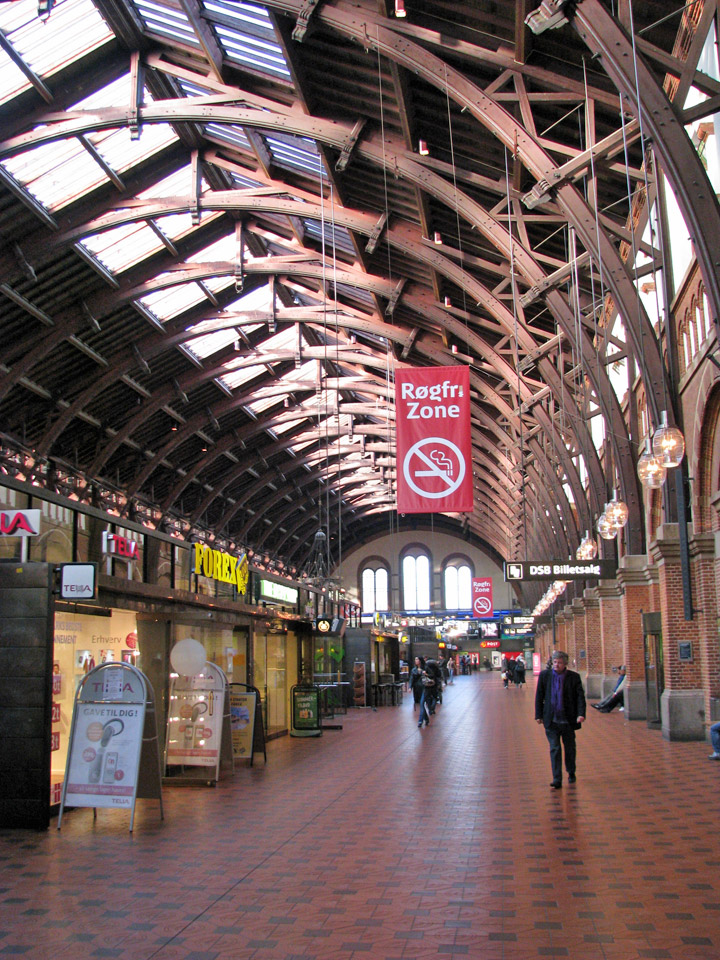
With the completion of the transnational Oresund Bridge in 2000, Copenhagen and
the Swedish city of Malmö are connected by a car/rail link and are in the
process of integrating their labour markets, resulting in the number of
commuters from both sides growing annually.
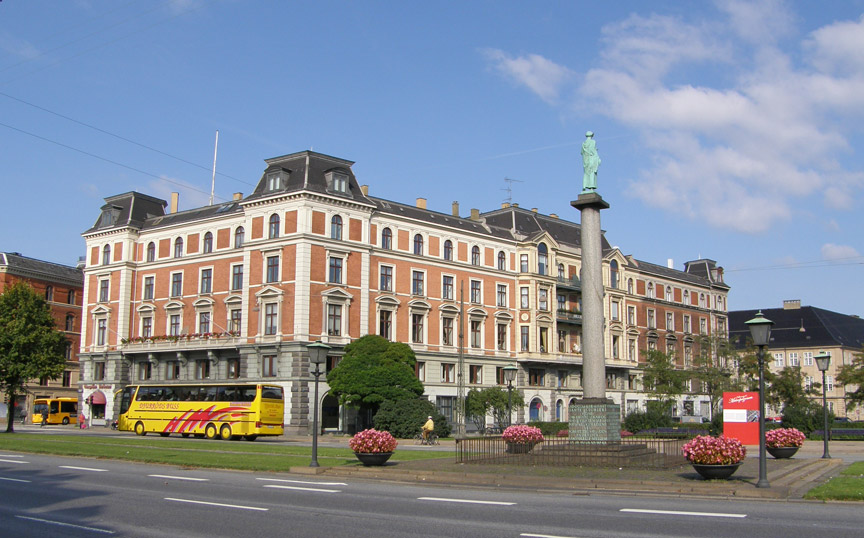
In 2008, the magazine Monocle listed Copenhagen first in their Top 20 Most
Livable Cities Chart, and gave the city the special award as "Best Design City".
In addition, it has also been classified as a GaWC Cultural World City, while it
is 3rd in Western Europe in terms of attracting regional headquarters and
distribution centers, only surpassed by London and Paris.
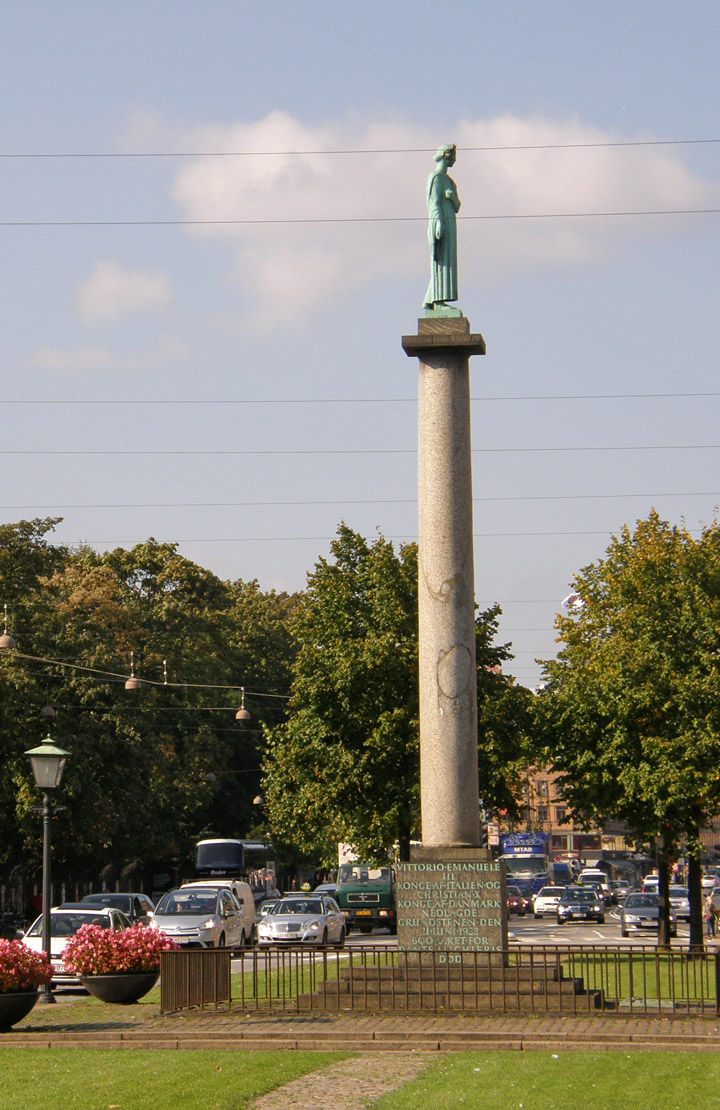
The original designation for the city, from which the contemporary Danish name
is derived, was Køpmannæhafn, "merchants' harbor". The English name for the city
is derived from its Low German name, Kopenhagen. The element hafnium is named
after the city's Latin name, Hafnia.

City Hall Tower
From its humble origins as a fishing village to its heyday as the glittering capital of the Danish Empire, to its current position as one of the world's premier design capitals, the stories and characters of Copenhagen's history can be discovered in its sumptuous palaces, copper-roofed town houses and atmospheric cobbled squares. From the Viking Age there was a fishing village by the name of "Havn" (harbor) at the site. From the middle of the 12th century it grew in importance after coming into the possession of the Bishop Absalon, who fortified it in 1167, the year traditionally marking the foundation of Copenhagen. The excellent harbor encouraged Copenhagen's growth until it became an important centre of commerce (hence its name - the first part of the word denoting commerce in Danish language). It was repeatedly attacked by the Hanseatic League as the Germans took notice. In 1254, it received its charter as a city under Bishop Jakob Erlandsen.
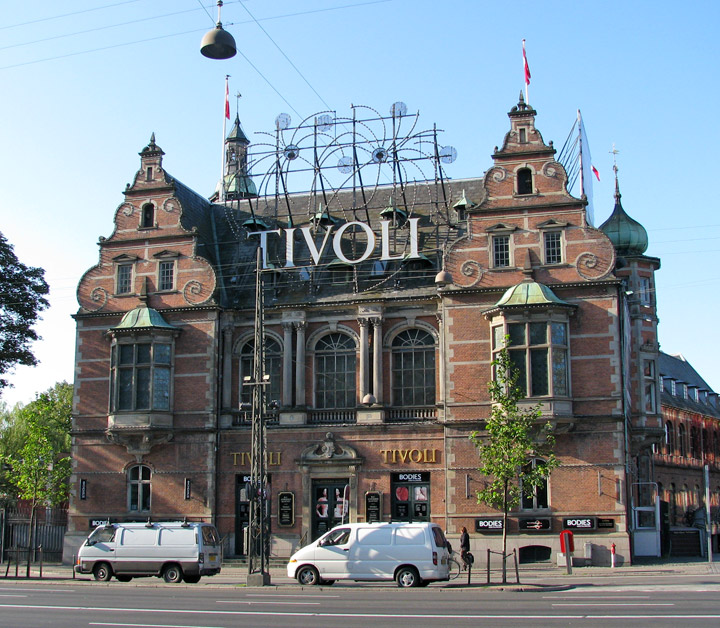
Tivoli Garden headquarters
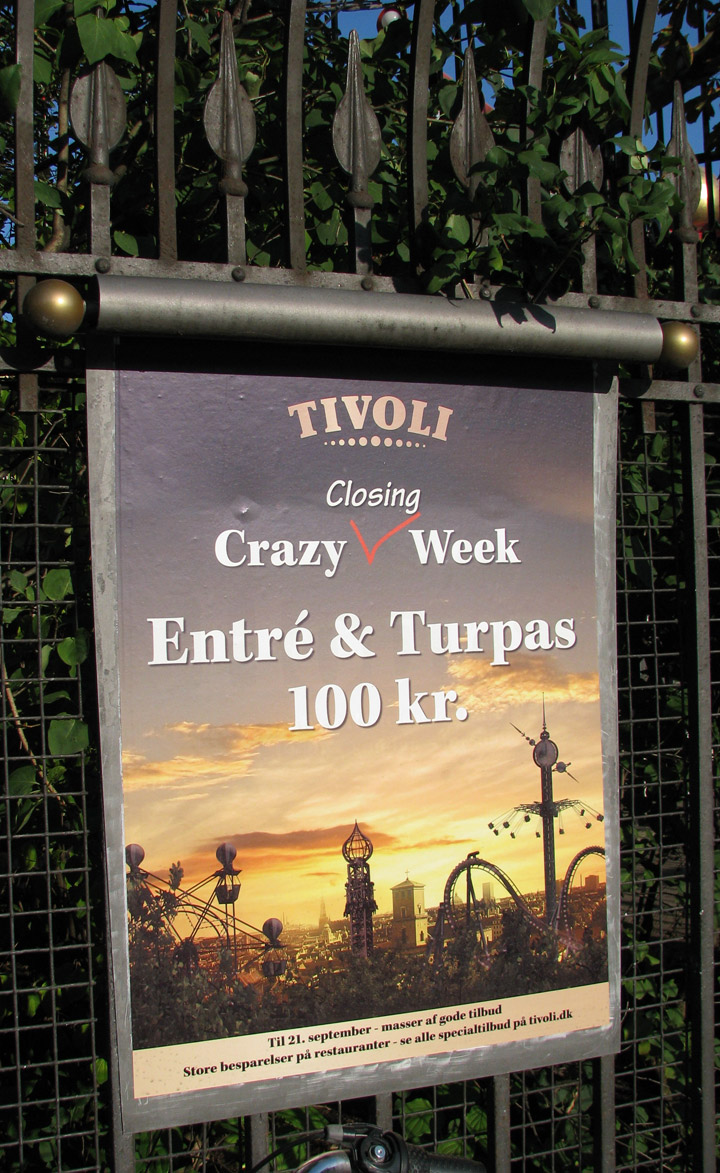
final week of the season (September 2008)
During 1658-59 it withstood a severe siege by the Swedes under Charles X and successfully repelled a major assault. In 1801 a British fleet under Admiral Parker fought a major battle, the Battle of Copenhagen, with the Danish Navy in Copenhagen harbor. It was during this battle Lord Nelson famously "put the telescope to the blind eye" in order not to see Admiral Parker's signal to cease fire. When a British expeditionary force bombarded Copenhagen in 1807, to gain control of the Danish Navy, the city suffered great damage and hundreds of people were killed. The reason why the devastation was so great was that Copenhagen relied on an old defense-line rendered virtually useless by the increase in shooting range available to the British. But not until the 1850s were the ramparts of the city opened to allow new housing to be built around the lakes ("Søerne") which bordered the old defense system to the west. This dramatic increase of space was long overdue, not only because the old ramparts were out of date as a defense system, but also because of bad sanitation in the old city. Before the opening, Copenhagen Center was inhabited by approximately 125,000 people, peaking in the census of 1870 (140,000); today the figure is around 25,000. In 1901, Copenhagen expanded further, incorporating communities with 40,000 people, and in the process making Frederiksberg an enclave within Copenhagen.
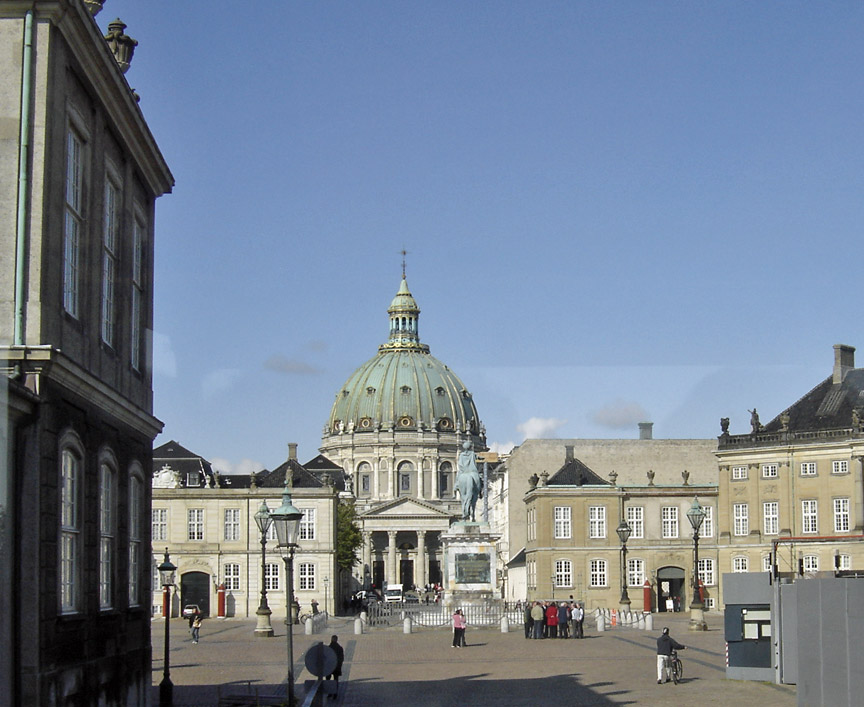
Amalienborg Palace
During World War II, Copenhagen was occupied by German troops along with the
rest of the country from 9 April 1940 until 4 May 1945. In August 1943, when the
government's collaboration with the occupation forces collapsed, several ships
were sunk in Copenhagen Harbor by the Royal Danish Navy to prevent them being
used by the Germans. The city has grown greatly since the war, in the seventies
using the so-called five-finger-plan of commuter trainlines to surrounding towns
and suburbs.
Since the summer 2000, the cities of Copenhagen and Malmö have been connected by
a toll bridge/tunnel (Øresund Bridge), which allows both rail and road
passengers to cross. As a result, Copenhagen has become the centre of a larger
metropolitan area which spans both nations. The construction of the bridge has
led to a large number of changes to the public transportation system and the
extensive redevelopment of Amager, south of the main city.
Text from Wikipedia
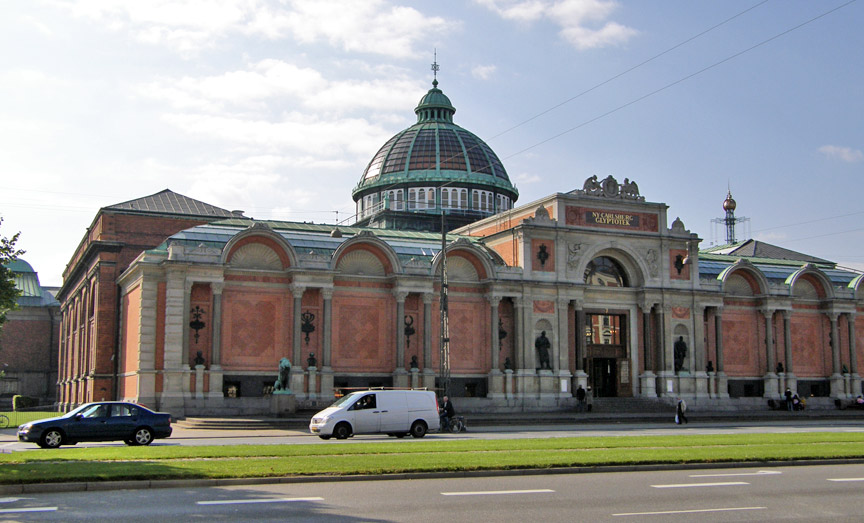

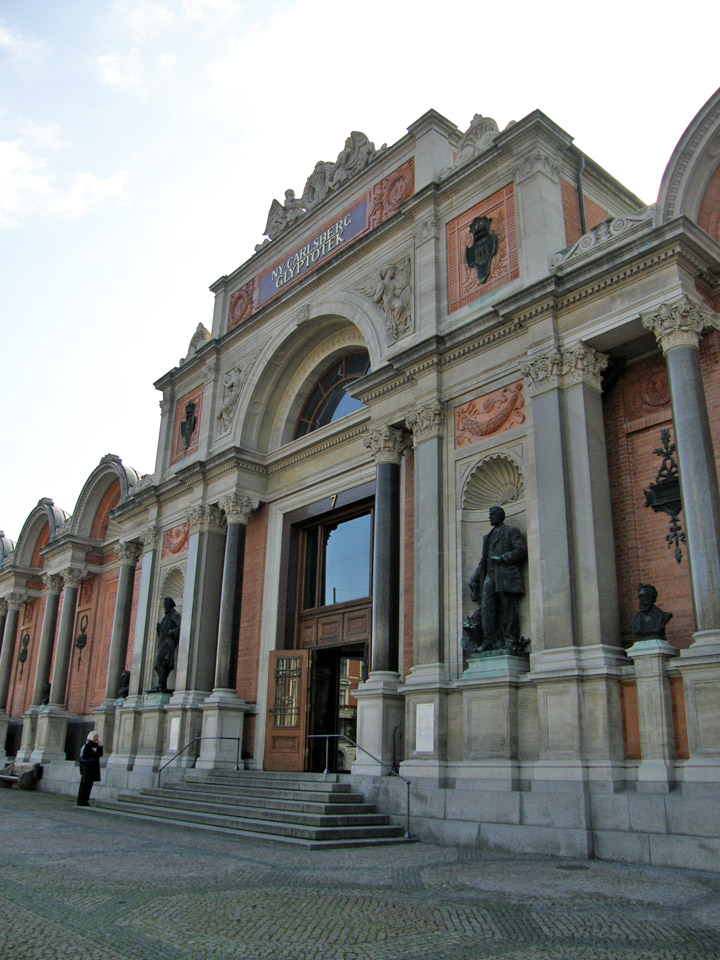
Ny Carlsberg Glyptotek
the Art Gallery

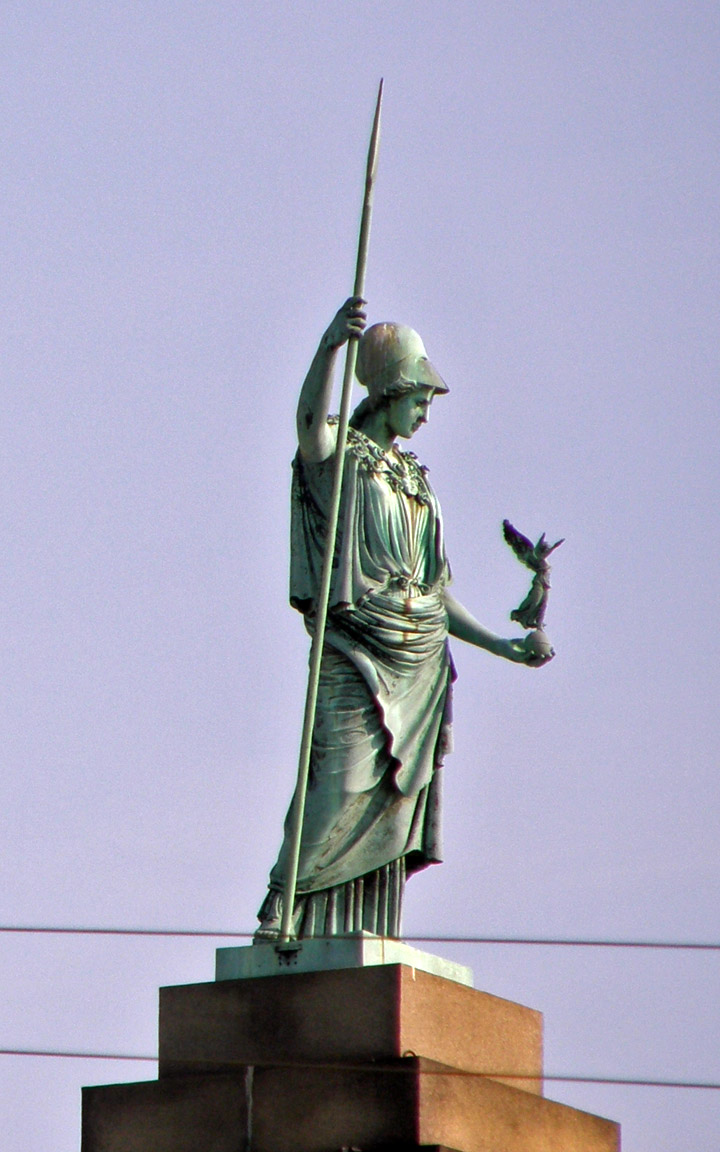
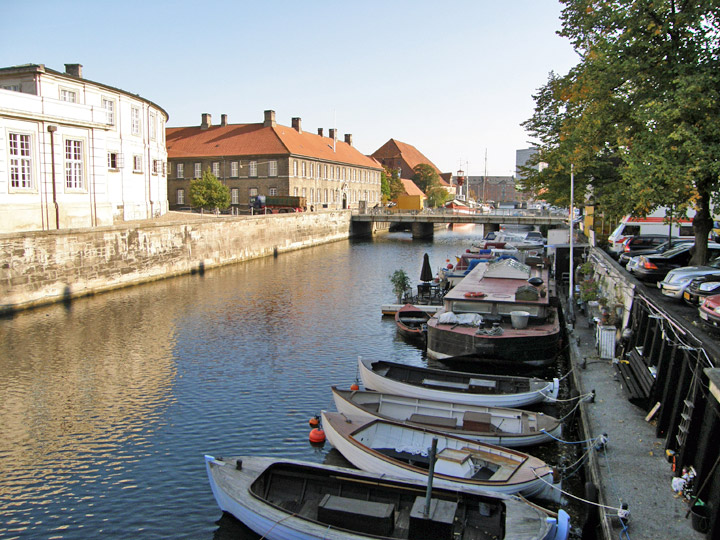

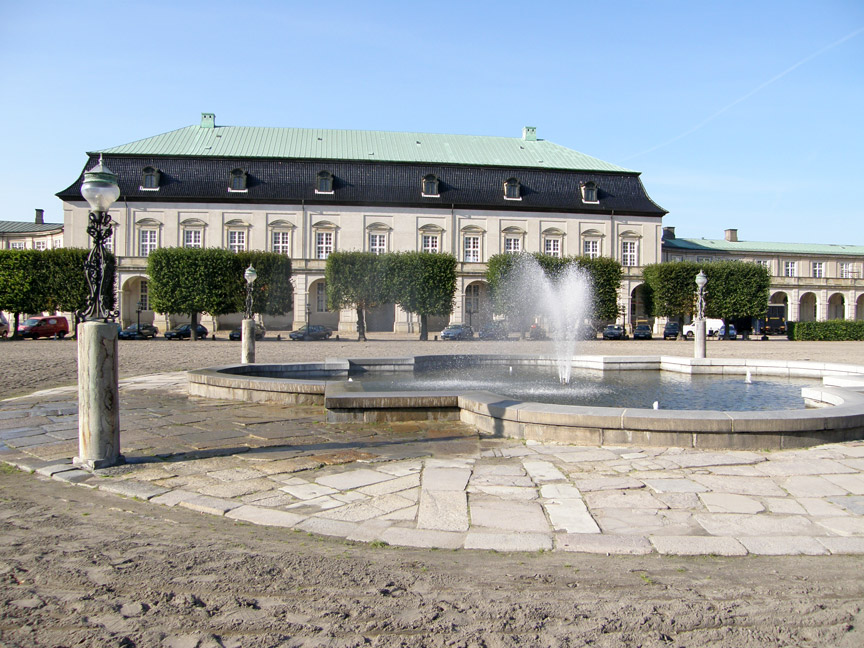
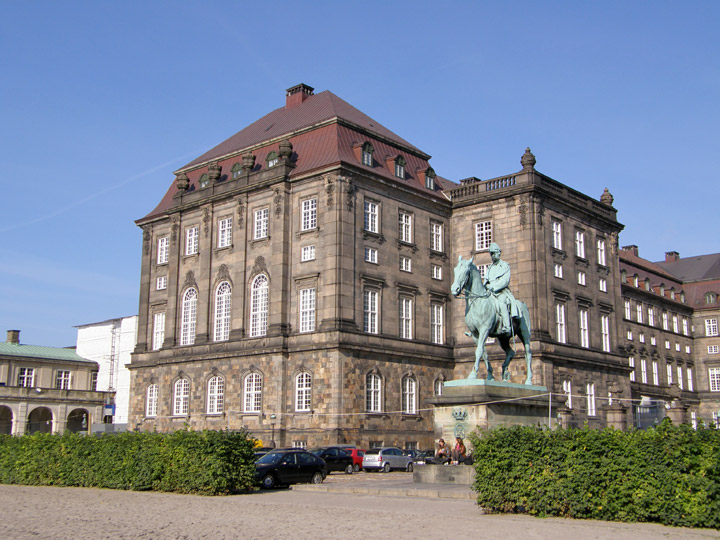
Christianborg Palace
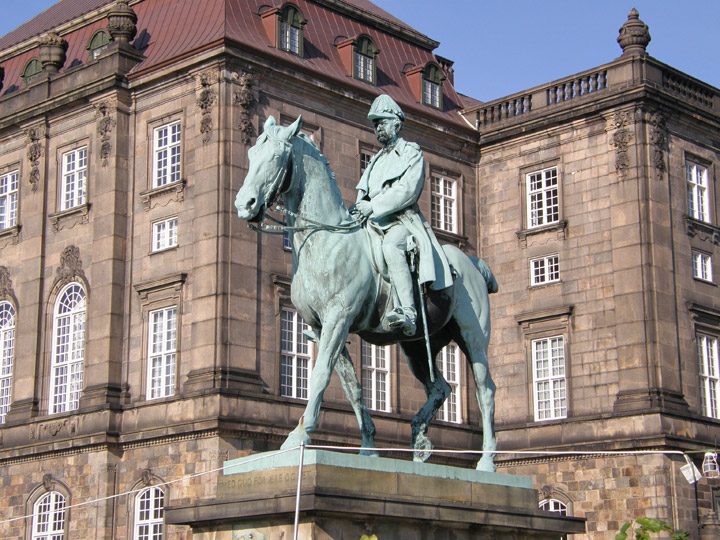
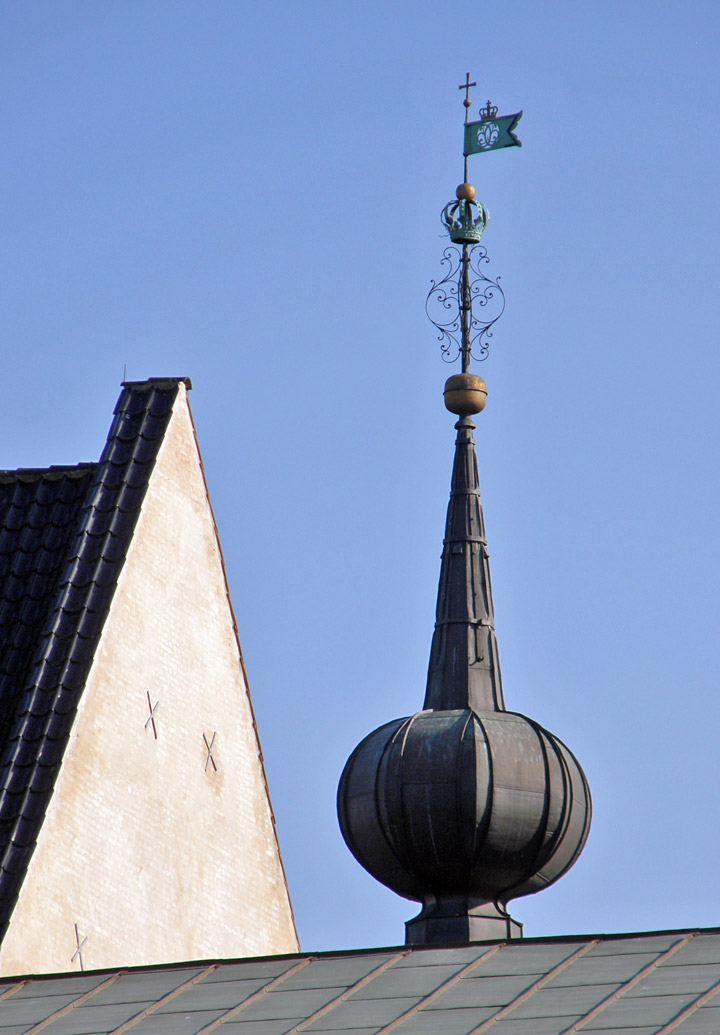
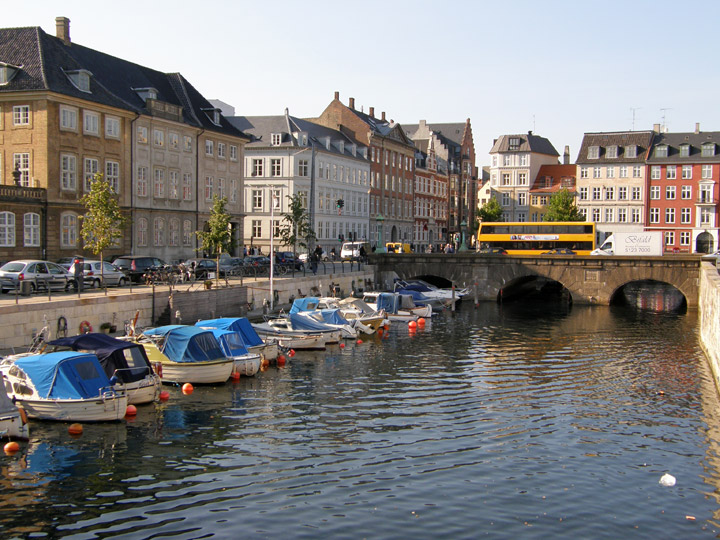
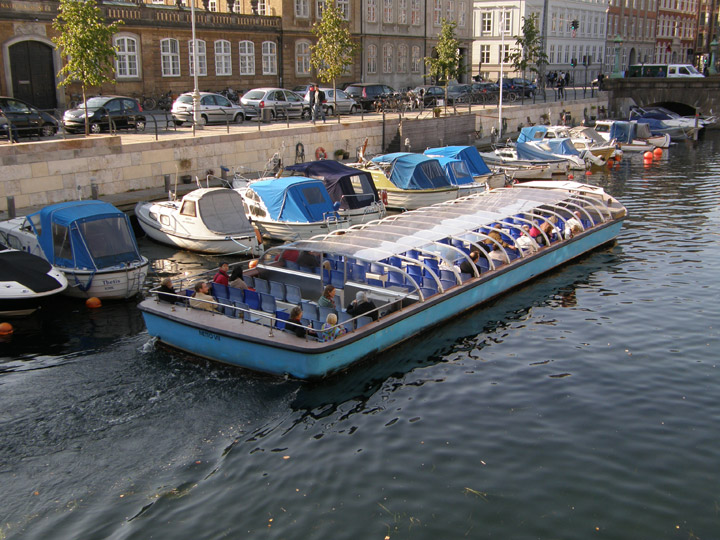
canal tour boat
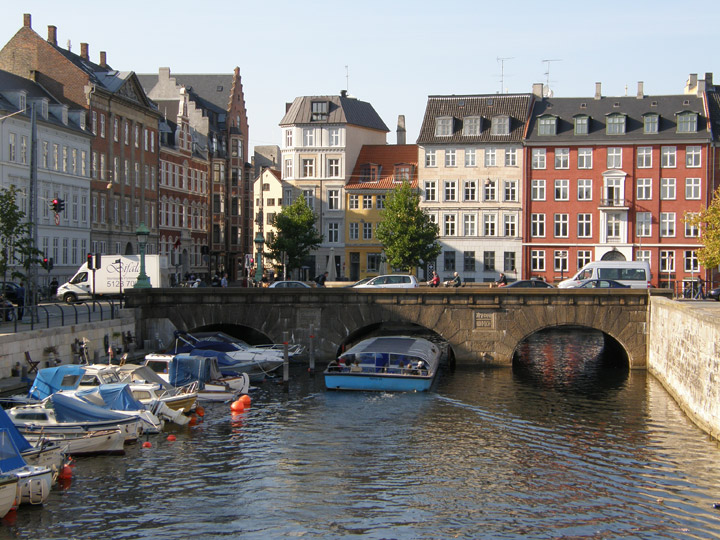
going under the arch

relaxed citizen

Photos of Nyhavn and the Little Mermaid

canal tour boat passing by
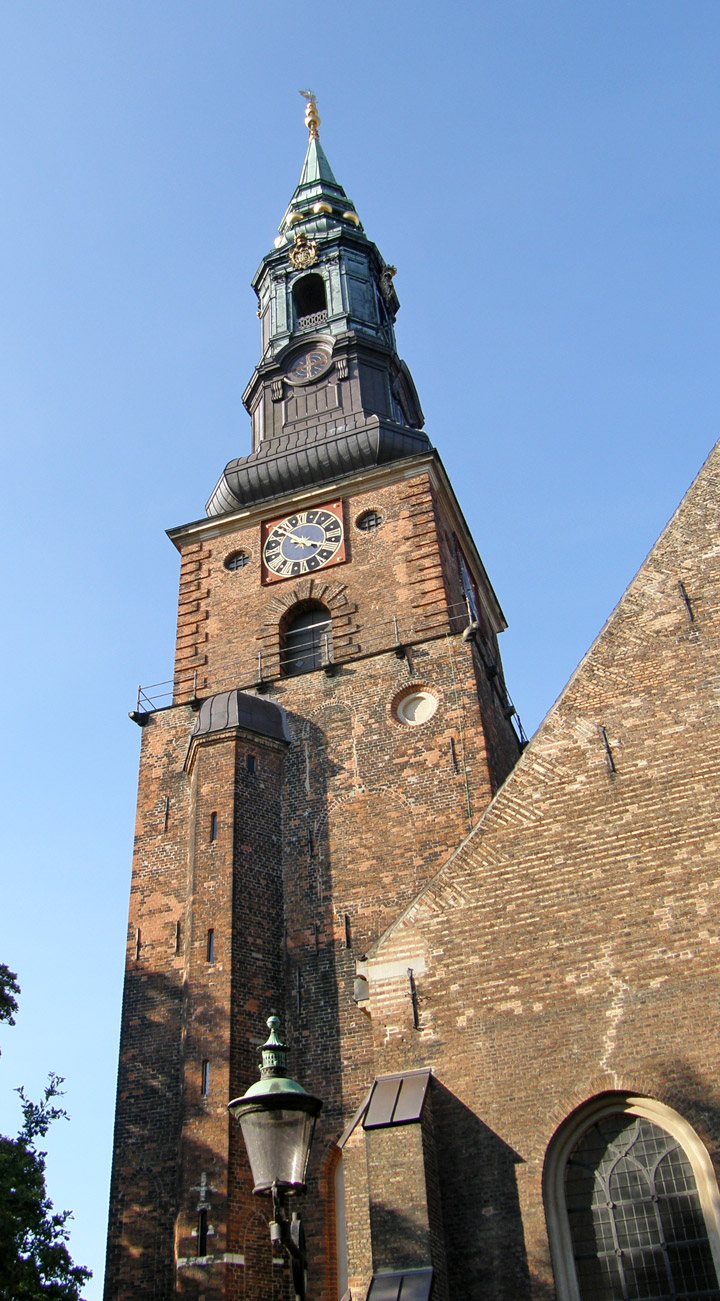

Saint Peter's church
